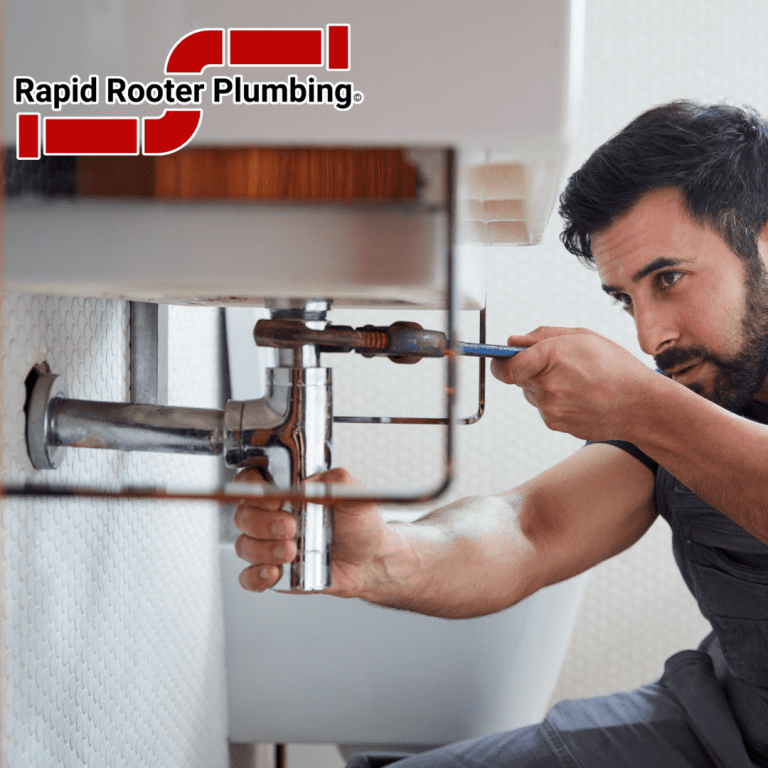In an era where DIY projects have become increasingly popular, many homeowners feel tempted to tackle plumbing repairs on their own. While fixing minor issues can be satisfying and cost-effective, it’s crucial to understand the hidden dangers of DIY plumbing. Without the proper knowledge and tools, what starts as a simple fix can quickly escalate into a costly disaster. Our expert plumbers weigh in on the potential pitfalls of DIY plumbing and offer advice on when it’s safe to handle repairs yourself and when it’s best to call in a professional.
The Risks of Going It Alone
When DIY Is Acceptable
While the risks are real, there are some plumbing tasks that ambitious homeowners can safely undertake with minimal risk:
Knowing When to Call a Professional
Recognizing when a problem is beyond your skill level is crucial. Here are signs that it’s time to call a professional plumber:
Professional plumbers have the training, experience, and tools to diagnose and repair issues efficiently, ensuring the job is done right the first time. Additionally, professional services often come with warranties and insurance, providing peace of mind that DIY projects cannot.
Making Professional Plumbing Affordable: Financing Options
Understanding the concerns about the cost of professional plumbing services, many reputable plumbers offer financing options to make necessary repairs and maintenance more accessible. These financing plans can alleviate the immediate financial pressure by spreading the cost over time, often with favorable terms and minimal interest rates. Opting for professional help doesn’t have to be a financial burden; with the right financing, you can ensure your plumbing is in expert hands while keeping your budget intact. Before you write off professional services as too expensive, inquire about financing options. Investing in professional plumbing services not only protects your home but also offers peace of mind, knowing that the job is done safely and correctly.
Conclusion
While tackling home improvement projects yourself can be rewarding, it’s important to approach DIY plumbing with caution. Understanding the limitations of your skills and recognizing the potential dangers are key to preventing costly mistakes. When in doubt, calling a professional plumber is not just the safest option—it’s often the most economical choice in the long run, saving you from the hidden dangers of DIY plumbing disasters.
SCHEDULE A SERVICE
(623) 581-0346

Request a Service
One of our team members will assist you
You Can Also Schedule Online
Or Call Our Office